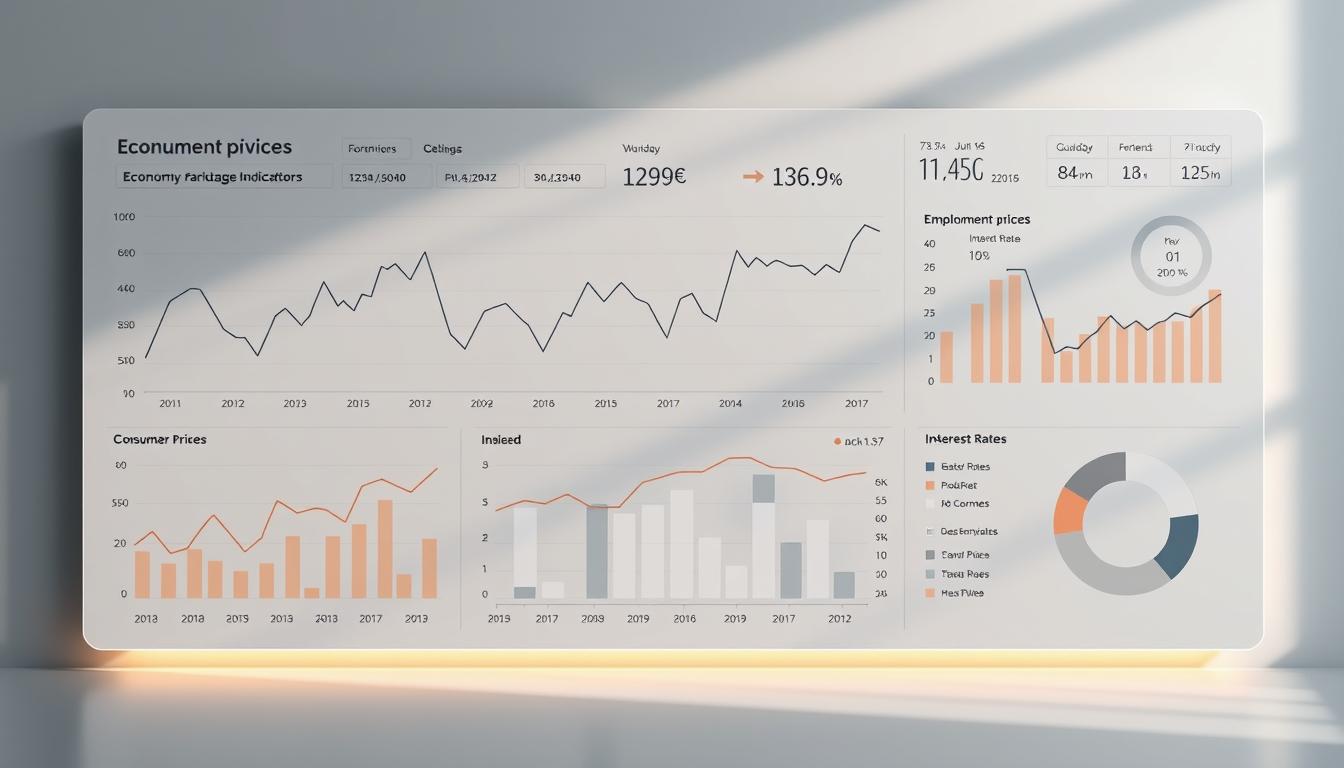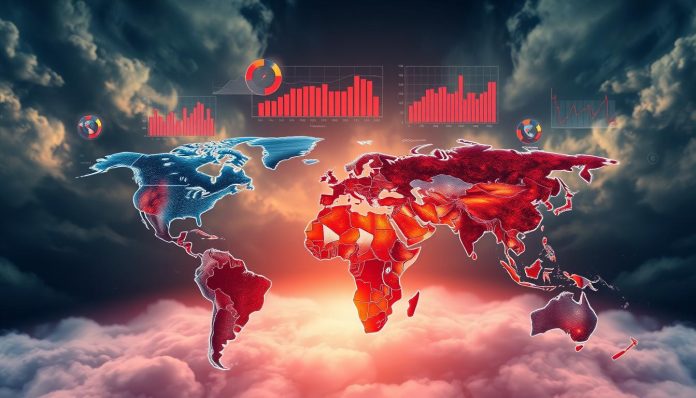There is a change in the trends of inflation within the global economy, in different parts of the world, the pressures are subsiding. These trends are important in the eyes of investors, policy makers and even consumers.
The rate of inflation varies; in response, the central banks are very instrumental in determining the economic future of the economy. Their strategies have the potential to have a lot of influence on the global economy and this includes the interest rates and employment rates.
The inflation of today is a multi faceted problem with many variables in effect. The central banks have to work around these huddles in order to have stability in the international economy.
Key Takeaways:
- The trend of inflation across the world is indicating a relaxing trend.
- Central banks are changing their approaches in dealing with inflation.
- Inflation rate is a major factor in the international economy.
- It is important that investors understand central bank strategies.
- Central bank decisions are closely related to the economic prospects.
The present situation in the world in terms of inflation:
The prevailing situation in world inflation is marked with different regional rates of inflation. With the economies of the world still in the process of recovery and adaptation to the new economic conditions, it is of paramount importance to understand these differences.
Inflation rate in the regions differs:
Various factors are causing different inflation rates in different regions such as economic policies, disruption of the supply chain and consumer demand. As an example, inflation is increasing in some of the regions as a result of rising consumer expenditure in the area, whereas in other regions, there is deflationary pressure.
Europe is encountering special problems, and the inflation rates are determined by the energy prices and economic sanctions. Conversely, Asia-Pacific countries are recording mixed inflation patterns with low rates of inflation in some of the countries as a result of stable food prices and consumer demand that is under control.
Major Causes of the recent inflation patterns:
There are a number of major contributors to the current trend in inflation. Central banks make monetary policy decisions that exert a major influence on the level of inflation. Interest rates are directly adjusted and quantitative easing actions directly influence the supply of money and, hence, the inflation.
The price and supply of commodities are still impacted by supply chain disruptions.
Inflation rates are highly dependent on the prices of commodities particularly the oil and food prices.
The trends in consumer demand and spending are also important in the determination of the trend in inflation.
The analyses of these drivers are critical to the policy maker in implementing effective monetary policies and the business and consumer in making appropriate decisions.
The Signs of Economic Indicators of Relief on inflation:
The present economic environment is experiencing transition to inflation relief, which is stipulated by a range of important indicators. With the world going through the mazes of inflation patterns it is imperative to know the variables that are driving this movement.

Supply Chain Improvements:
Supply chains are one of the main indicators that show relief in inflation. In recent years, inflation has been a major cause by supply chain disruptions. As these disruptions are however alleviated, we are experiencing a normalization of production and distribution of goods.
This enhancement is to a large extent connected with the adjustment of business to new dynamics of global trade and the overcoming of the pandemic-related logistical issues. Consequently, the prices of goods are falling, and the process of alleviating inflationary pressures in general is made.
Price Stabilization of Commodities:
Stabilization of commodity prices is another indicator that is critical. Prices of commodities particularly those of energy and food have been fluctuating and this has greatly affected the level of inflation. The current trends however give promise of stabilization of these prices which will prevail in the near future.
The stabilization is said to be caused by a set of factors such as better supply chain efficiencies and the concerted effort of the commodity producing nations. This trend is important because it has direct influence on cost of living and cost of production to the businesses.
Conclusion: Outlook of Inflation Management in the future:
The world economy is on the verge of adjustment to the latest trends in the inflation rates as it keeps changing. Knowledge of the present situation of the global inflation and the measures taken by central banks is also very decisive to predict the economic future.
Good management of inflation will continue to be a concern of policymakers all over the world. With the world economy still recuperating, the correlation of financial institutions and the adaptive use of monetary instruments is set to play a major role in ensuring that the economy is stable.
In the future, the economic scenario indicates that judicious fiscal policies and tactical intervention of the monetary policies will be key in controlling inflation and ensuring a stable economy across the globe.
FAQ:
What is happening in global inflation?
The wave of inflation currently being experienced all over the world is evidencing some relief in the strains and different parts of the world are recording different rates of inflation owing to aspects like monetary policy, supply chain management and stabilization of commodity prices.
What are the techniques used by central banks to handle international inflation?
The central banks control the inflation tendencies in the world by using different measures, among them being the interest rates, money instruments, and an association with other international financial institutions to maintain the economy at the right level.
What does the Federal Reserve do with regard to control of inflation?
The Federal Reserve is very instrumental in controlling the inflationary trend using its interest rate policy that seeks to balance a price stability and economic growth.
What is the reaction of the European Central Bank to the inflation patterns?
The European Central Bank reacts to the inflationary patterns by using its monetary instruments, including the determination of interest rates, and quantitative easing factors to control the inflation and help stabilize the economy.
What are the economic indicators that are indicating relief on inflation?
The most notable economic indicators that indicated relief against inflation are recovery in the supply chains, commodity prices, and positive consumer spending and consumer confidence indices, as they observe a decrease in inflationary pressures.
What is the significance of co-ordination of international financial institutions in controlling inflation?
The role of coordination in the management of inflation among the world financial institutions is that it facilitates the global financial institutions to respond to the economic challenges in the world in a common manner, enhancing economic stability and minimizing the risk of inflation.
What are the effects of the regional differences in the rates of inflation on the world economy?
The impact of the regional differences in the rate of inflation to the global economy can be enormous because the various inflation rates may affect trade, investment, and economic growth in the different regions.


